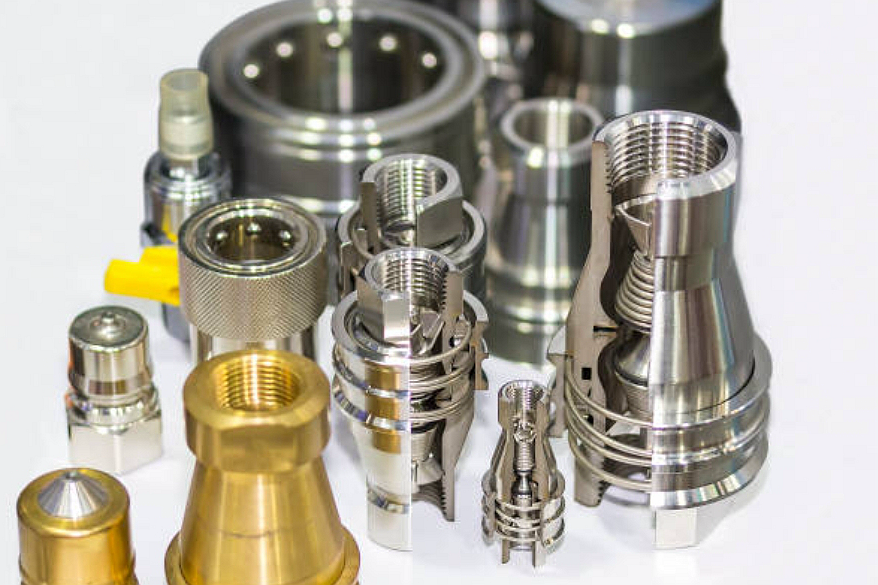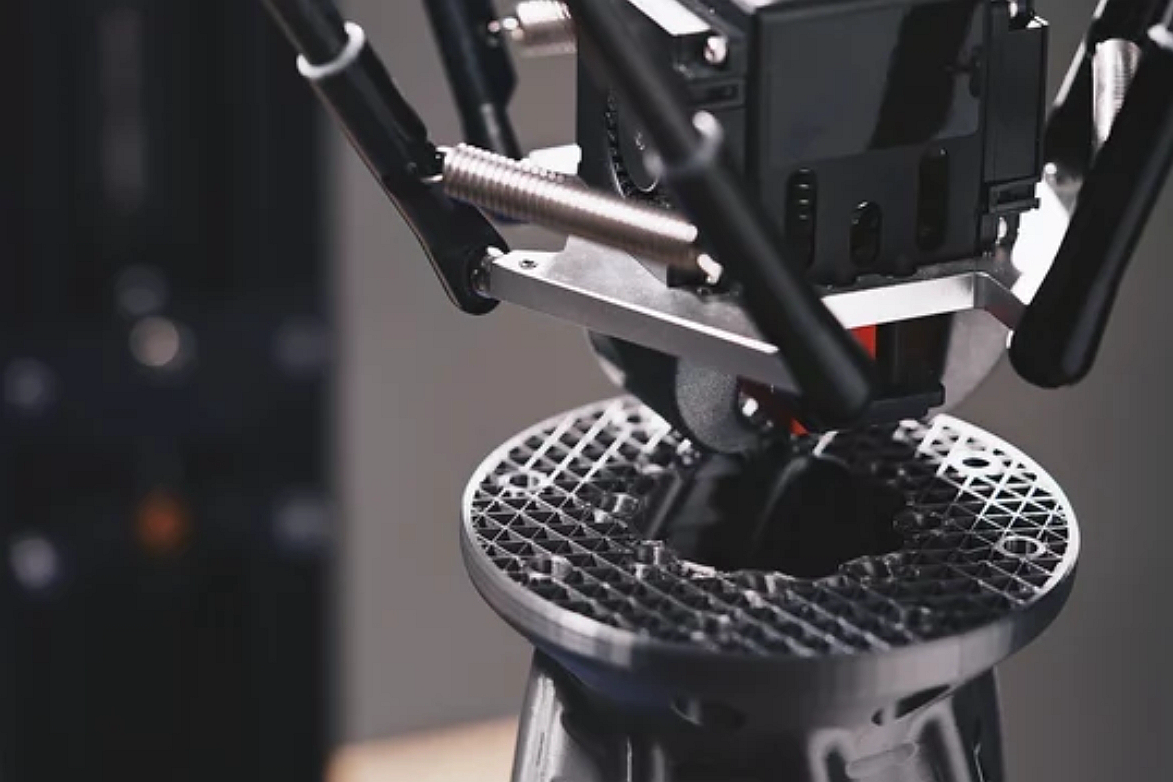Hastelloy B
Basic description of Hastelloy B Powder
Hastelloy B powder refers to a group of nickel-based alloys primarily designed for high corrosion resistance, particularly in reducing environments. These alloys, including versions like Hastelloy B, B-2, and B-3, are known for their exceptional resistance to hydrochloric acid at all concentrations and temperatures. Hastelloy B powder is finely processed for use in advanced manufacturing processes such as additive manufacturing (3D printing), offering a high degree of purity and particle size consistency critical for achieving high-quality parts.
Hastelloy B Similar grades
China: NS3201
United States: N10001
Germany: 2.4800/2.4482
France: NiCu30Al
Hastelloy B-2: An upgrade to Hastelloy B with improved corrosion resistance and less prone to precipitation of sigma phase on welding. It's particularly resistant to hydrochloric acid at various temperatures and concentrations.
Hastelloy B-3: Further improves upon B-2's characteristics, offering more excellent thermal stability and resistance to corrosion in other aggressive environments beyond hydrochloric acid, such as sulfuric, acetic, and phosphoric acids.
Hastelloy C-276: While not a direct upgrade, C-276 is a related alloy that provides broad corrosion resistance to various oxidizing and reducing environments, showcasing the versatility of the Hastelloy series.
Applications
Hastelloy B powder, celebrated for its exceptional corrosion resistance, especially in reducing environments, finds extensive use across various demanding industrial applications. Its properties ensure reliability and longevity in sectors where exposure to aggressive chemicals is constantly challenging.
1. Chemical Processing: Hastelloy B alloys are extensively used in reactors, pumps, valves, and piping systems within the chemical processing industry. Their unparalleled resistance to hydrochloric acid at all concentrations and temperatures makes them ideal for handling solid acids and other corrosive substances, ensuring process integrity and minimizing equipment failure.
2. Petrochemical Industry: In the petrochemical sector, Hastelloy B alloys are utilized for components exposed to corrosive gases and liquids. Their corrosion resistance is crucial for acid production and handling parts, contributing to safe and efficient operations.
3. Pharmaceutical Manufacturing: Equipment and components used in pharmaceutical manufacturing, such as reactors and storage tanks, benefit from Hastelloy B’s resistance to aggressive cleaning solutions and reaction media. Its corrosion resistance ensures that processing equipment remains free from corrosion-induced contamination, maintaining product purity.
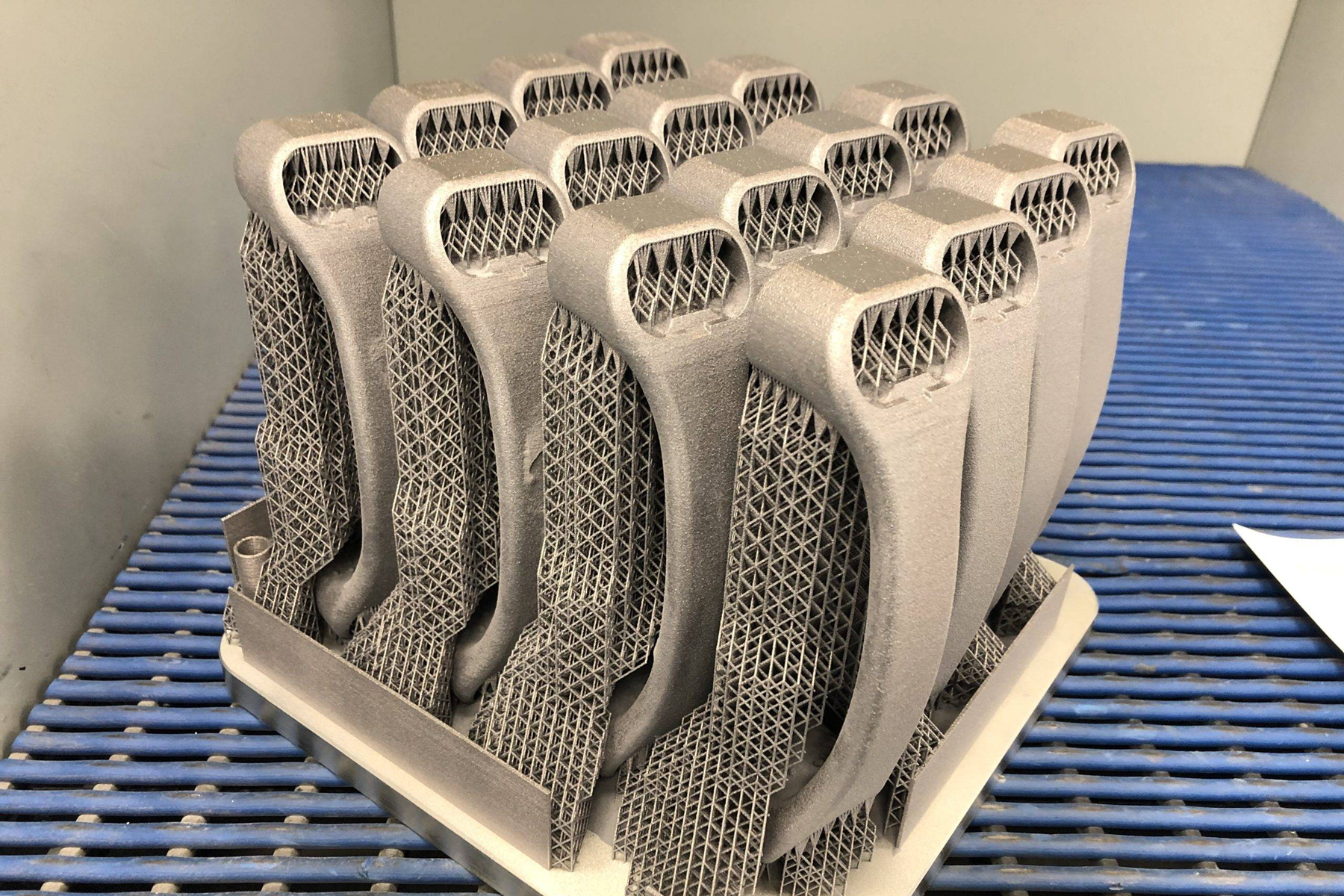
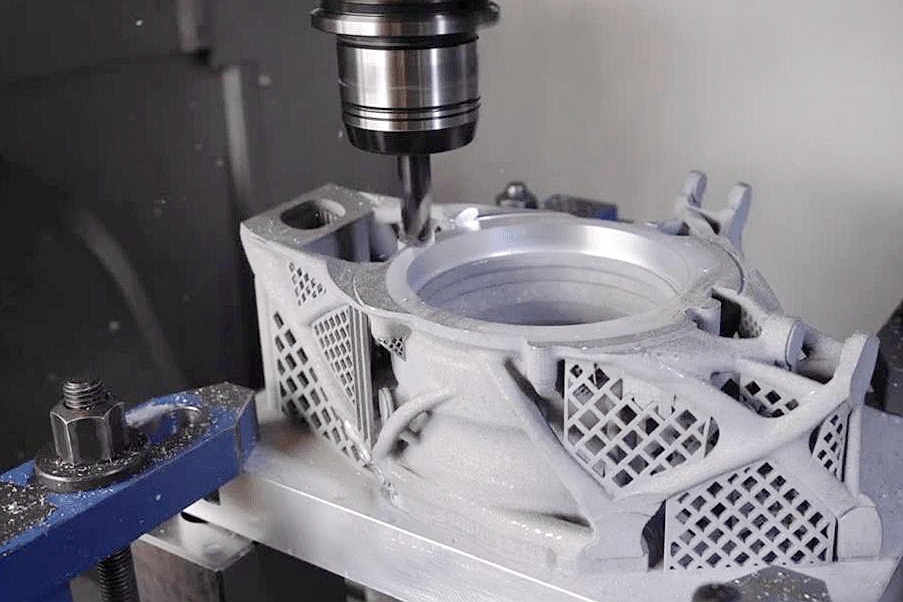
4. Pulp and Paper Industry: Hastelloy B alloys are used in pulp and paper production processes involving exposure to chemicals such as chlorine and other bleaching agents. Their chemical resistance properties help prevent corrosion-related failures in equipment used in the bleaching process.
5. Waste Treatment and Environmental Control: Components within waste treatment facilities and environmental control systems exposed to corrosive substances during waste processing or flue gas desulfurization benefit from the corrosion resistance of Hastelloy B alloys. It helps in ensuring the longevity of equipment used in these harsh conditions.
6. Power Generation: Hastelloy B alloys find applications in power generation plants, particularly in coal gasification and biomass conversion processes, where materials are required to perform reliably at high temperatures and in corrosive environments.
Hastelloy B Composition and Properties
Hastelloy B series alloys, including Hastelloy B, B-2, and B-3, are nickel-molybdenum alloys known for their exceptional resistance to reducing environments, especially hydrochloric acid. The unique combination of nickel and molybdenum in these alloys contributes to their outstanding corrosion resistance, which is superior to many other nickel alloys.
Composition:
The chemical composition of Hastelloy B series alloys is designed to provide excellent resistance to a wide range of chemical processes:
Nickel (Ni): Base, providing the matrix for corrosion resistance and high-temperature strength.
Molybdenum (Mo): 26-30% significantly enhances resistance to reducing environments and improves pitting and crevice corrosion resistance.
Iron (Fe): Present in minimal amounts, usually less than 6%, to enhance the mechanical properties of the alloy without compromising its corrosion resistance.
Chromium (Cr): Meager amounts, typically less than 1%, as higher concentrations can reduce resistance to certain reducing acids.
Carbon (C): Kept at low levels (around 0.01% or less) to minimize carbide precipitation during welding and enhance corrosion resistance in weld areas.
Properties:
The Hastelloy B series exhibits a set of properties tailored for challenging chemical environments:
Outstanding Corrosion Resistance: In reducing environments such as hydrochloric acid, sulfuric acid, and phosphoric acid across various temperatures and concentrations.
Excellent Resistance to Pitting and Crevice Corrosion: The high molybdenum content is crucial for applications in aggressive chemical conditions.
Good Weldability: Despite their high molybdenum content, Hastelloy B alloys can be welded using proper techniques, allowing for easier fabrication of complex components.
High-Temperature Performance: Maintains good mechanical strength and corrosion resistance at elevated temperatures, suitable for applications in high-temperature chemical processes.
Applications Stemming from Composition and Properties:
Given its resistance to various chemical corrosives and environmental extremes, the Hastelloy B series is widely utilized in chemical processing equipment, pharmaceutical reactors, and petrochemical processing. Its ability to withstand aggressive and corrosive environments makes it a critical component in reactors, heat exchangers, and piping systems across these industries. By leveraging these attributes, Hastelloy B alloys enable the development of components that offer high performance and reliability, enhancing efficiency and safety across various industrial applications.
Powder Characteristics
The suitability of Hastelloy B series alloys for advanced manufacturing processes, particularly those involving powder metallurgy techniques such as additive manufacturing (3D printing), metal injection molding (MIM), and powder compression molding (PCM), hinges significantly on the specific characteristics of its powder form. These characteristics are critical for ensuring optimal processing and achieving parts with the desired mechanical properties and surface quality.
Yield Strength:
Yield strength indicates the stress at which a material begins to deform permanently. Hastelloy B series parts typically exhibit a yield strength of 50,000 to 60,000 psi, reflecting the material's ability to withstand significant stress before experiencing permanent deformation. It is especially beneficial in applications requiring high-strength materials to resist corrosive attack in harsh environments.
Tensile Strength:
Tensile strength represents the maximum stress a material can withstand while being stretched or pulled before breaking. Parts made from Hastelloy B series powder can achieve tensile strengths of approximately 100,000 to 120,000 psi, indicating high durability and performance under tensile loads. This strength is crucial for components in chemical processing and other industrial applications where mechanical integrity is paramount.
Elongation:
Elongation measures the flexibility of a material or how much it can stretch before breaking. Manufactured parts from the Hastelloy B series typically show an elongation range of 40% to 50%, demonstrating good ductility. This characteristic allows components to withstand significant deformation before failure, making them suitable for demanding applications requiring strength and flexibility.
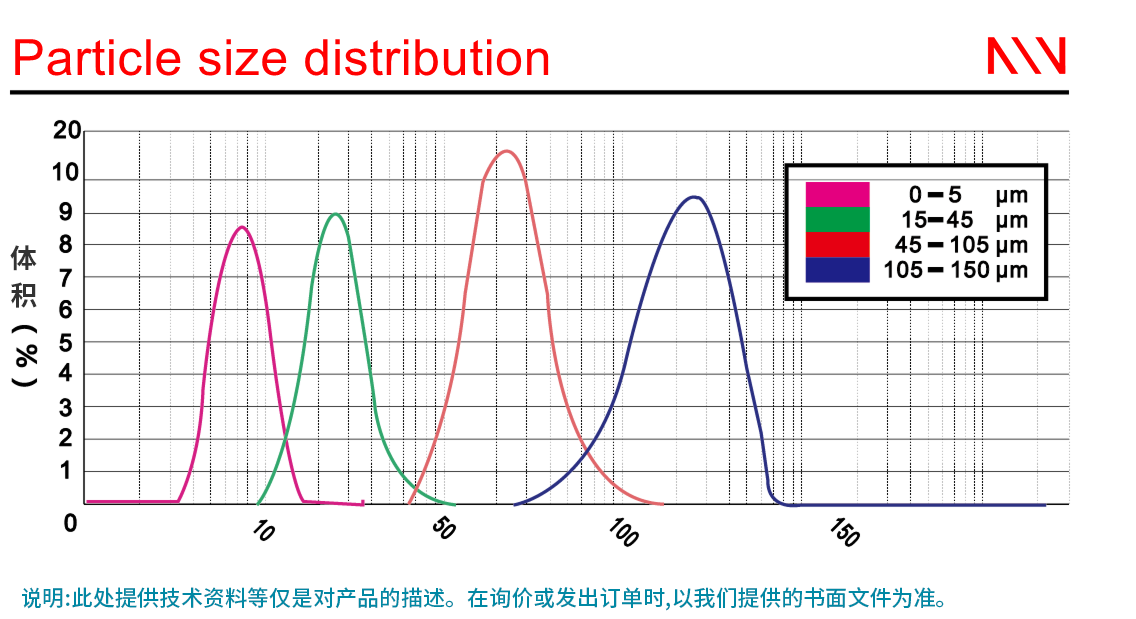
Hastelloy B Physical Properties
The physical properties of Hastelloy B, particularly in its powder form, play a crucial role in determining its suitability for various manufacturing processes and the performance of the final manufactured components. Understanding these properties is essential for optimizing production techniques and achieving high-quality outcomes.
Density:
Hastelloy B powder has a density of approximately 9.24 g/cm³, reflecting the compact atomic structure of the alloy. This high density is critical for manufacturing parts with minimal porosity, enhancing their strength and durability, especially in corrosive environments.
Hardness:
Manufactured components from Hastelloy B powder exhibit significant hardness, indicative of the alloy's wear resistance and mechanical durability. This property is fundamental in applications where components are subject to abrasive or erosive conditions, ensuring longevity and reliability.
Specific Surface Area:
The specific surface area of Hastelloy B powder influences its reactivity and sinterability. A higher specific surface area allows for more effective sintering, leading to more substantial, denser parts. This characteristic is crucial for additive manufacturing and metal injection molding processes, where part integrity depends on the powder's sintering behavior.
Sphericity:
The sphericity of the powder particles affects their flowability and packing density, which are essential factors for achieving uniformity and consistency in manufactured parts. High sphericity ensures smooth flow through the equipment and uniform layering or packing, which is critical for manufacturing accuracy and repeatability in 3D printing and MIM processes.
Bulk Density:
Hastelloy B powder's bulk density impacts the efficiency of powder handling and the quality of the final part. An optimized bulk density promotes easy handling and efficient compaction, essential for achieving uniform part density and optimal mechanical properties.
Hall Flow Rate:
This property measures the powder's ability to flow through an orifice, affecting the precision and repeatability of powder-based manufacturing processes. An excellent Hall Flow Rate indicates good flowability, enabling accurate and consistent part fabrication, especially in additive manufacturing.
Melting Point:
Hastelloy B alloys have a melting point suitable for the specific manufacturing processes they undergo, typically ranging from 1330°C to 1380°C (2426°F to 2516°F). This property ensures the material's stability and performance during high-temperature applications, which is crucial for 3D printing and casting processes.
Relative Density:
After processing, the relative density of parts can reach near theoretical density, which is crucial for achieving optimal mechanical strength and minimizing porosity, thereby enhancing component performance in demanding environments.
Recommended Layer Thickness:
For additive manufacturing processes, the optimal layer thickness of Hastelloy B powder ensures fine detail without compromising structural integrity, efficiently balancing resolution with build time.
Thermal Expansion Coefficient:
The alloy exhibits a thermal expansion coefficient that ensures compatibility with other materials in composite structures, maintaining dimensional stability across a wide temperature range.
Thermal Conductivity:
Its thermal conductivity allows for efficient heat dissipation, essential for components that experience high thermal loads during operation.
Technical Standard:
Hastelloy B powder and parts manufactured from it adhere to rigorous technical standards, ensuring reliability, quality, and compatibility with international manufacturing requirements.
Manufacturing Techniques
Hastelloy B's remarkable corrosion resistance and mechanical properties make it an excellent choice for various manufacturing processes. Each technique offers distinct benefits and challenges, making it essential to select the most appropriate method based on the specific application requirements. This section explores suitable manufacturing processes for Hastelloy B, compares the outcomes of these processes, and discusses common issues and solutions.
1. Which manufacturing processes are Hastelloy B suitable for?
3D Printing (Additive Manufacturing): Hastelloy B is well-suited for laser powder bed fusion (LPBF) and direct metal laser sintering (DMLS), offering the ability to create complex geometries with high precision. These processes are particularly beneficial for producing custom or low-volume parts in industries where Hastelloy B's corrosion resistance is needed.
Metal Injection Molding (MIM): This process is ideal for producing small to medium-sized components with complex shapes, offering excellent material properties and surface finish. MIM is cost-effective for high-volume production.
Powder Compression Molding (PCM): Suitable for more significant components, PCM utilizes Hastelloy B powder to produce parts with uniform material properties, significant detail, and high density.
Vacuum Casting: While less common for metals like Hastelloy B, vacuum casting can be used for prototyping and small-batch production, especially when precise control over material properties is not critically required.
Hot Isostatic Pressing (HIP): HIP is employed to improve the properties of parts made from Hastelloy B powder, particularly those manufactured through additive manufacturing or PCM, by reducing porosity and enhancing material density.
CNC Machining: Hastelloy B can be machined into final or semi-final parts. CNC machining is often utilized to achieve precise dimensions and delicate features on components initially formed by other methods.
2. Comparison of parts produced by these manufacturing processes:
Surface Roughness: Additive manufacturing processes may produce parts with higher surface roughness compared to MIM or CNC machining, necessitating post-processing for the desired finish.
Tolerances: CNC machining and MIM typically offer tighter tolerances than additive manufacturing or PCM, which might require additional finishing to meet specific requirements.
Internal Defects: Additive manufacturing and PCM can introduce internal porosity or defects not present in parts produced through MIM or CNC machining. HIP can mitigate these issues.
Mechanical Properties: While additive manufacturing can produce parts with comparable mechanical properties to traditional methods, specific treatments such as HIP might be necessary to optimize the performance of Hastelloy B components.
Compactness: MIM and CNC machining generally yield higher-density parts and fewer defects, which is crucial for applications requiring optimal material properties.
3. Normal issues and solutions in these manufacturing processes:
Surface Treatment: Techniques such as mechanical polishing, electro-polishing, or chemical etching are often required to improve surface finish, especially for additive manufactured parts.
Heat Treatment: Specific heat treatments can enhance Hastelloy B parts' corrosion resistance and mechanical properties tailored to the final application requirements.
Tolerance Achievement: Precision machining or grinding may be necessary to achieve tight tolerances on additive manufacturing or PCM parts.
Deformation Problems: Components susceptible to deformation during processing can be countered with careful design, support strategies in additive manufacturing, or subsequent straightening processes.
Cracking Problems: Minimizing residual stresses through proper heat treatment and employing gradual cooling rates can help prevent cracking in Hastelloy B components.
Detection Methods: Non-destructive testing methods such as X-ray tomography or ultrasonic testing are crucial for identifying internal defects or porosity within Hastelloy B parts.
Manufacturing With Hastelloy B Nickel Base Alloy
Main manufacturing processes:
Nickel-based high-temperature alloys are usually used for corrosion resistance, high-temperature resistance, and other extreme working conditions, such as impellers, pump valves, auto parts, etc. Neway has a variety of processing techniques for manufacturing nickel-based high-temperature alloy parts and solving their problems, such as deformation, cracking, and porosity.
Powder compression molding (PCM)
Get A FREE PROTOTYPING SERVICE NOW!: Consultative Design Service at Neway

